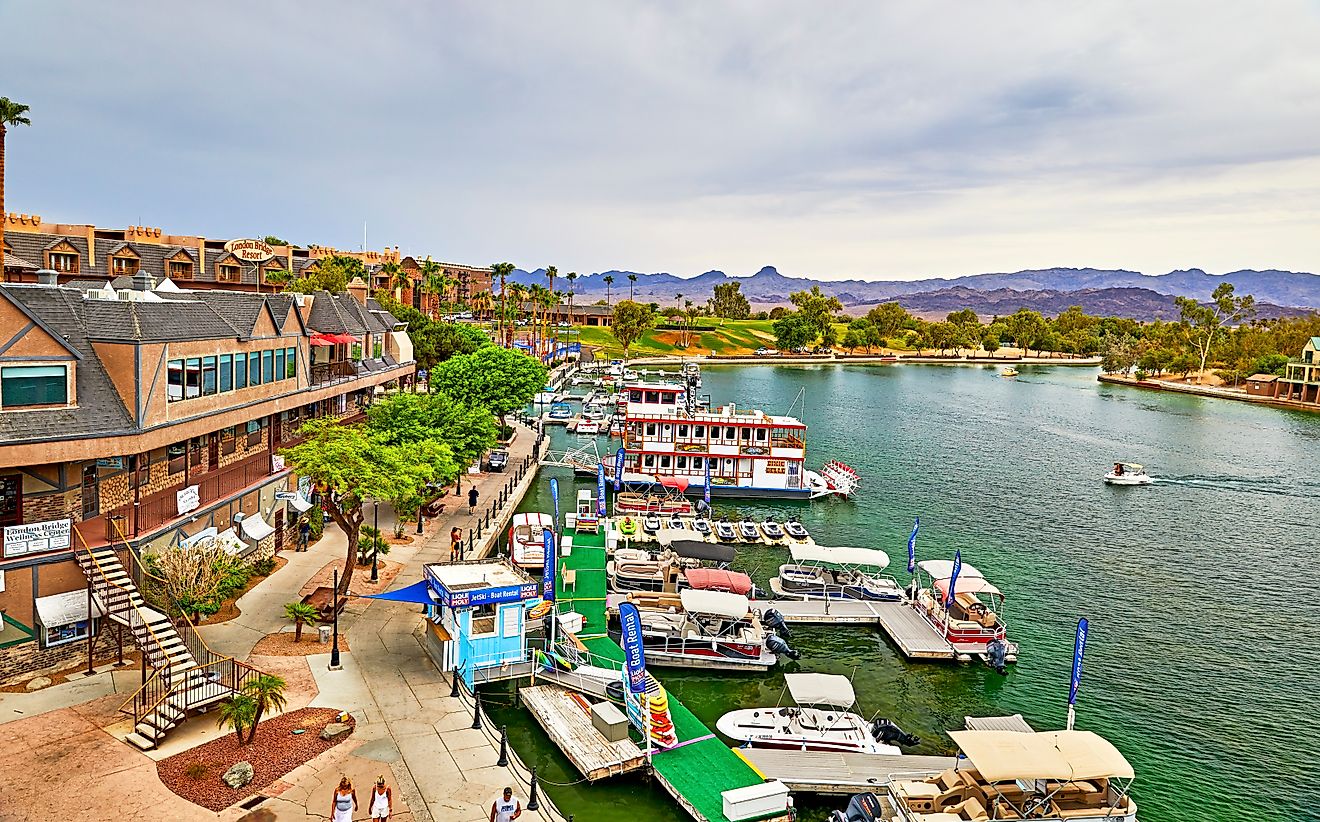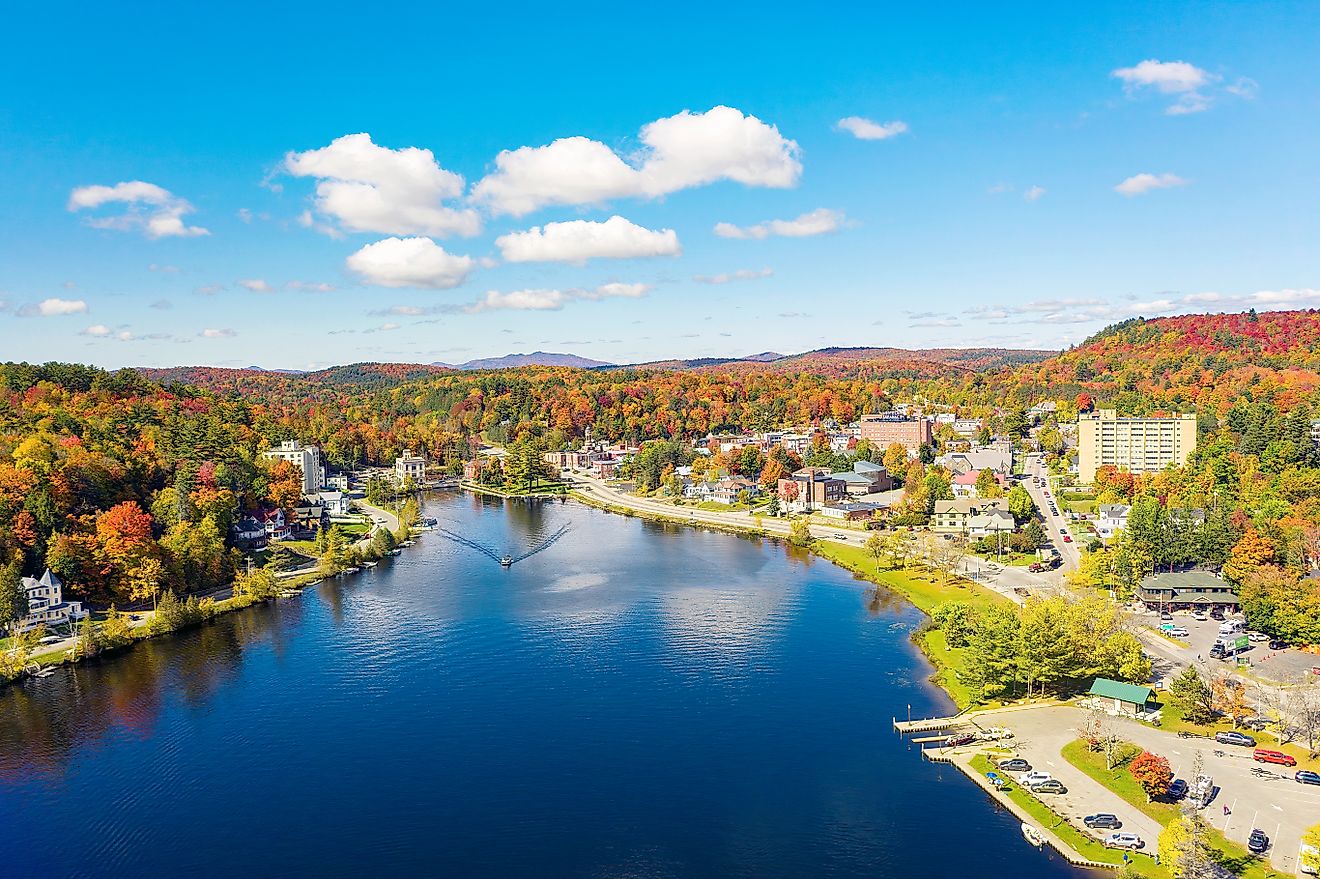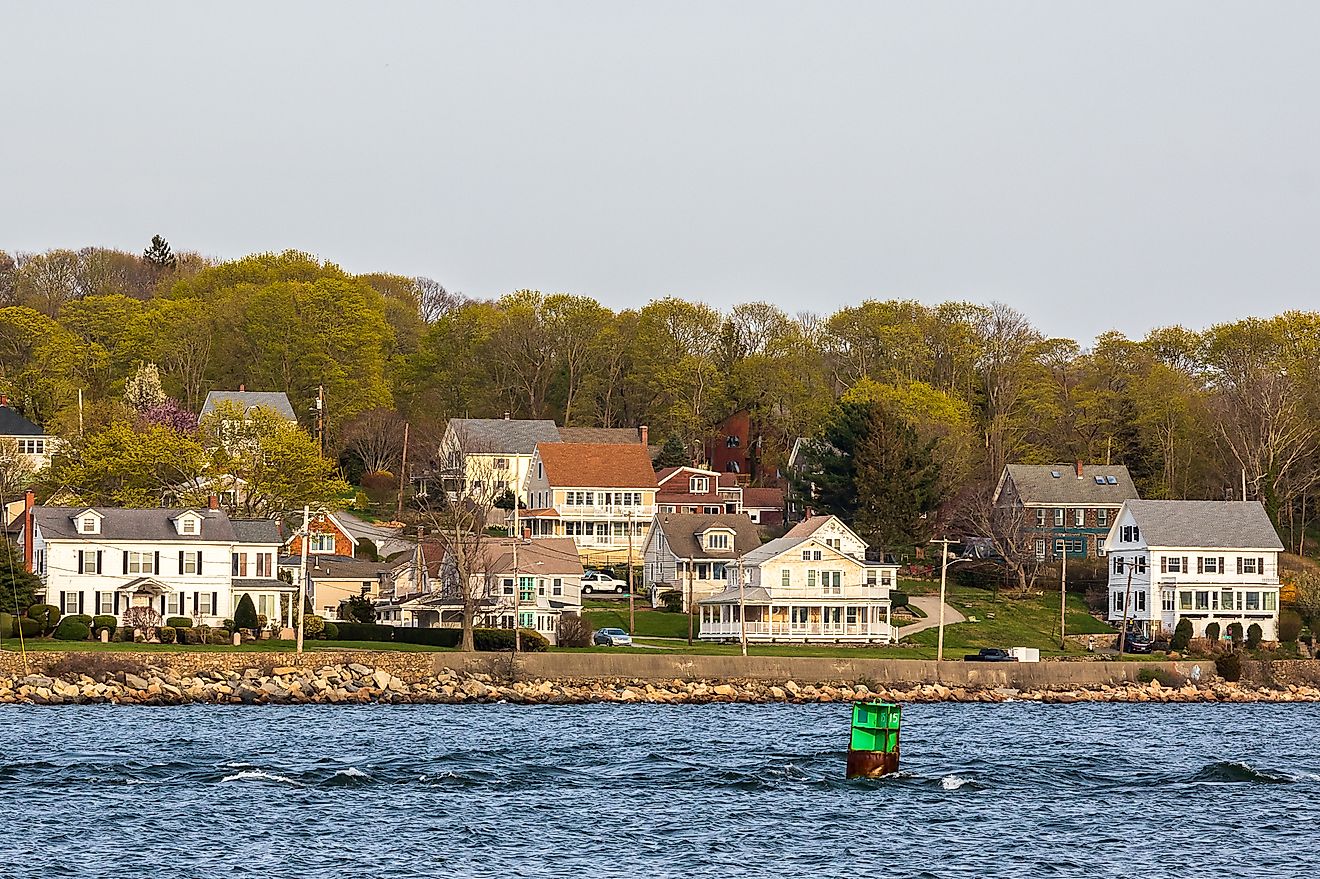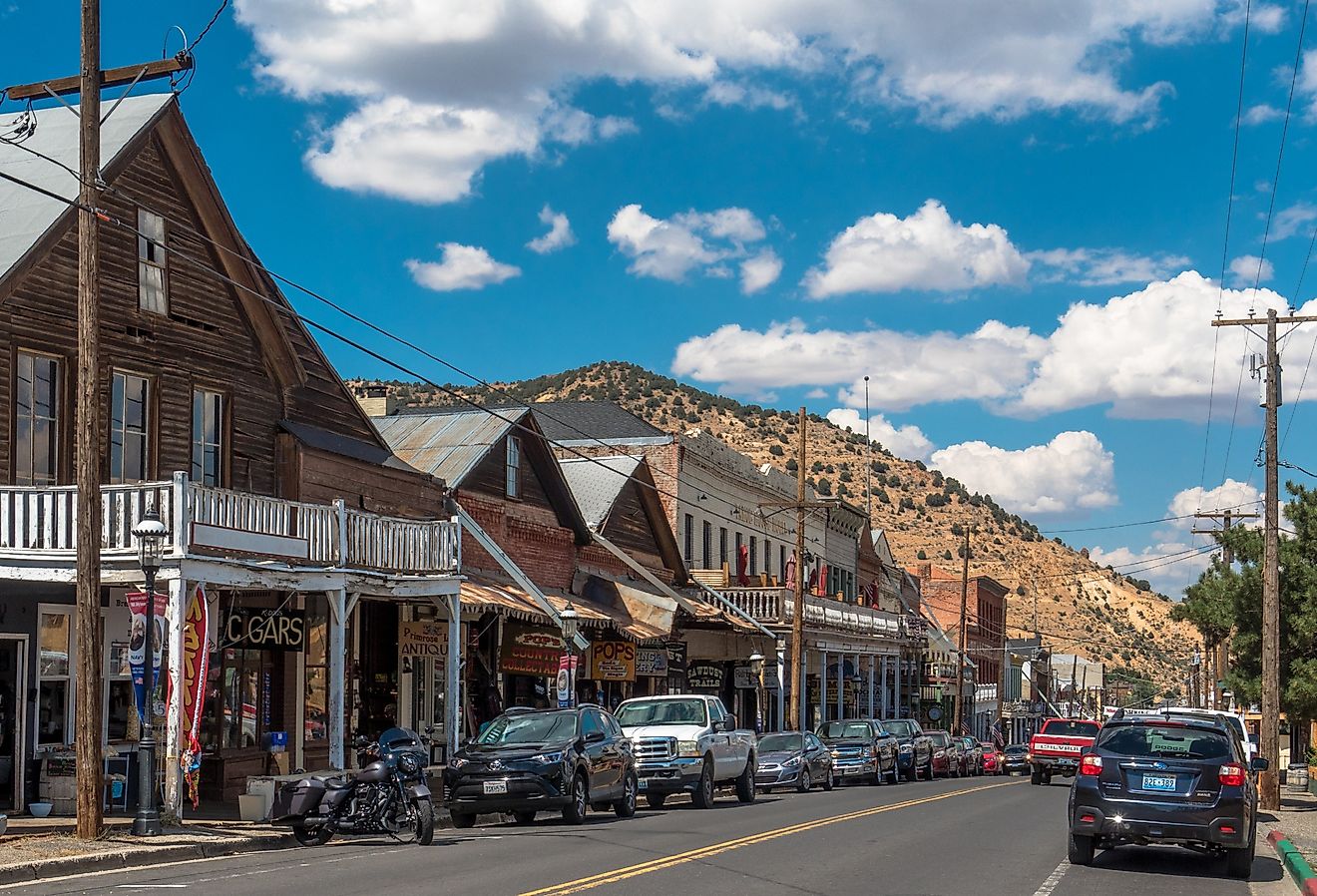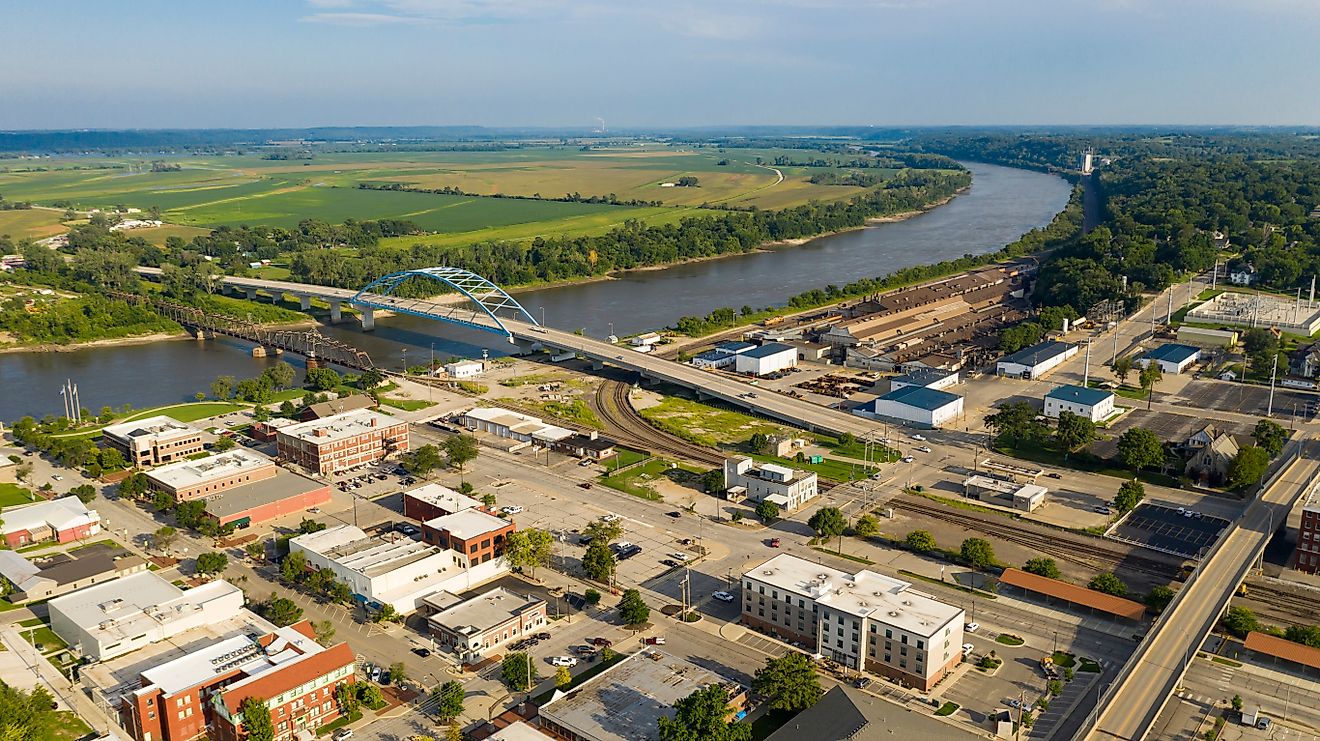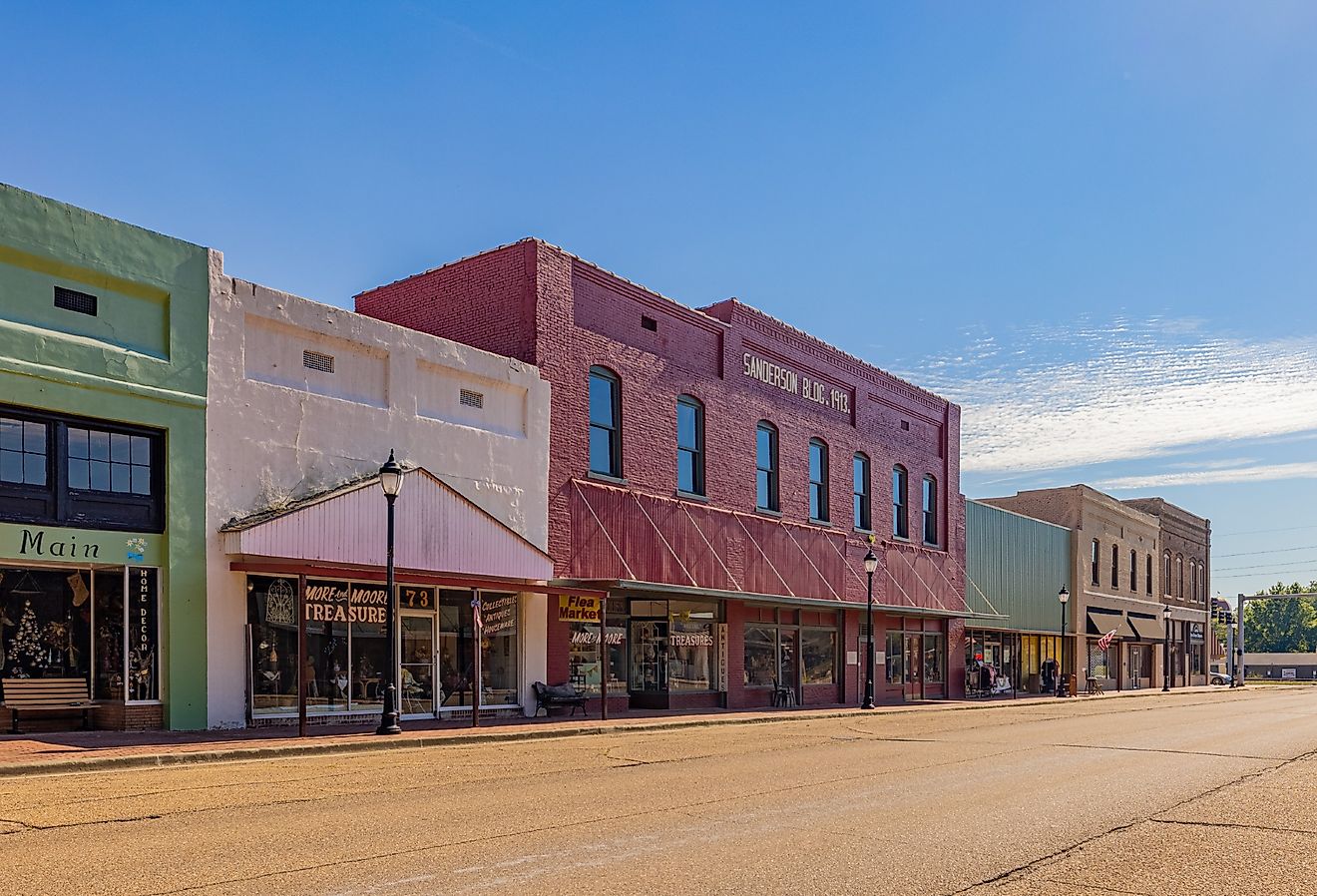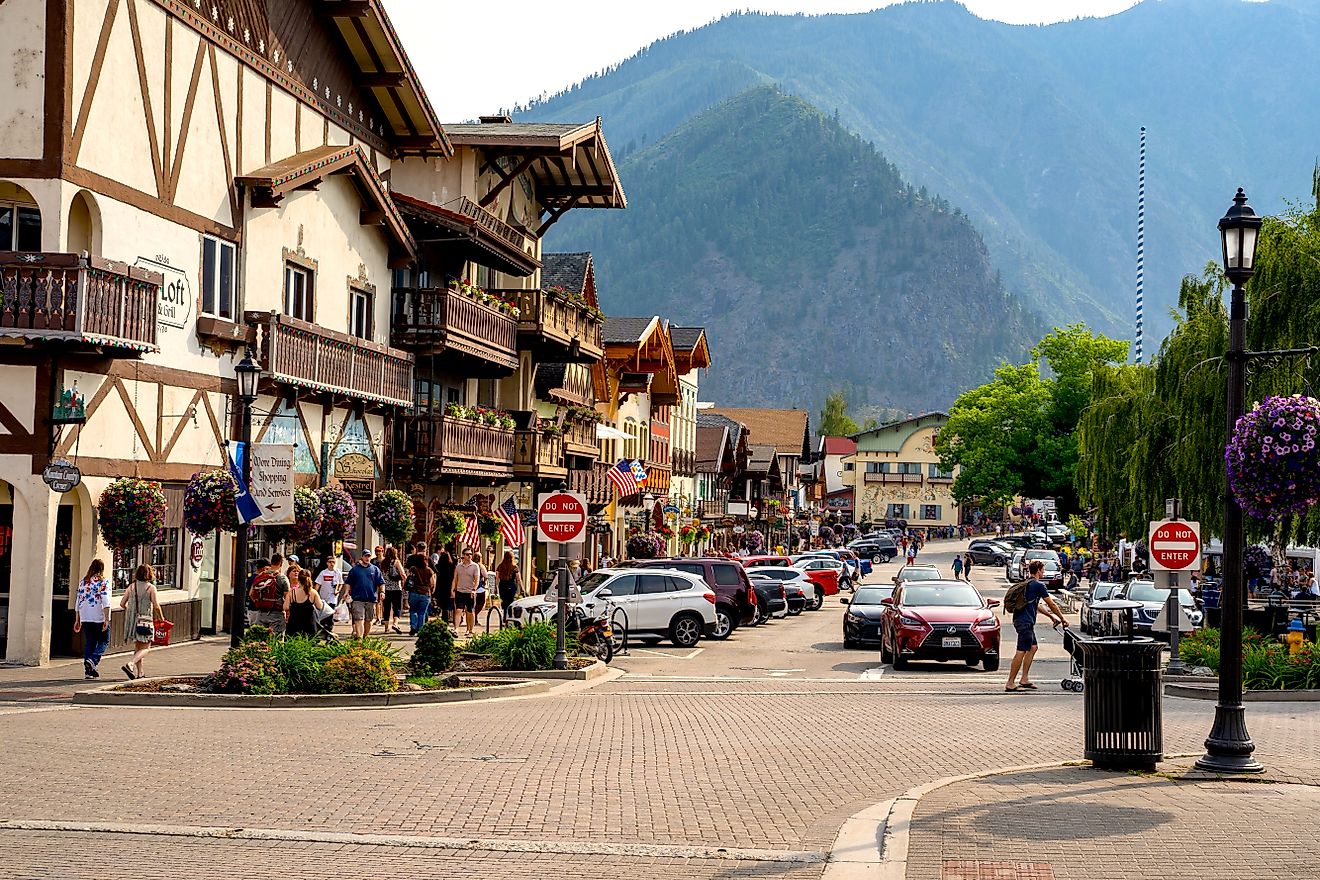
Mammoth Cave National Park
Mammoth Cave National Park is an American national park located in west-central Kentucky, United States of America. The park was established in July 1941, covering 213.7 squares km of wilderness. Mammoth Cave National Park is an International Biosphere Reserve and a designated UNESCO World Heritage Site.
Mammoth Cave National Park is famous for housing the world's longest cave system, which is over 651 km. This vast cavern system was formed by water that dissolved the Mississippian-aged carbonate rocks, creating tunnels, sinkholes, and underground rivers. The park also houses a diverse group of plant and animal species due to the microclimates created by varying light and temperature conditions.
History Of Mammoth Cave

Native Americans were the first to discover the entrances to Mammoth Cave about 4000 years ago, and they explored only 20 miles into the cave. During the War of 1812, black slaves mined saltpeter from cave sediments used in manufacturing gunpowder. In 1816, public tours of Mammoth cave began, and "slaves" led tours through the cave starting in the 1830s. The cave witnessed many weddings and performances held inside it in the 1800s and early 1900s. In 1941, the cave and the land above it were established as a national park. Nowadays, the park and the cave get more than 2 million visitors every year.
Geologic History Of The Mammoth Cave

The Karst topographies found in the Mammoth Cave National Park are one of the most famous in the entire world. The dissolution of soluble rocks such as dolomite or limestone usually creates karst terrain. The presence of cave systems, springs, sinkholes, and disappearing streams which are surface water that suddenly flows underground, characterizes such terrain.
The Mammoth Cave National Park is located within the Central Kentucky Karst, a limestone belt that extends from southern Indiana into Tennessee through Kentucky. The park is part of the Pennyroyal Plateau and the Chester Upland. The Green River dissects the park and controls the development of the cave in the park. The sedimentary rocks that form the park were produced from sediments deposited. It happened when the area was submerged by an ancient ocean 330 million years ago. The Green River had a tremendous erosional force that helped carve the limestone into the region's unique and extraordinary karst topography over millions of years.
Cave Formation
Genevieve and Girkin formations are the largest caves in the St. Louis Limestone Ste. Groundwater began interacting with the Girkin Limestone nearly 10 million years ago, carving the caves. The upper levels of the cave system were fully formed 3.2 million years ago. To create this massive cave system, water percolated through cracks and pores in the cap and poured slowly over a long period when it reached the soluble limestone. Groundwater and rainwater are slightly acidic, therefore chemically dissolving the rock over very long periods, also physically weathering the rock. The large size of the Mammoth cave systems is attributed to the amount of time it has been forming and the size of the Green River basin.
Visiting Mammoth Cave National Park

Admission to the national park is free. However, a fee is charged for camping, cave tours, and other activities, including horseback riding, picnicking, biking, canoeing, and fishing.
During the summer, it is common to sell out of cave tour tickets weeks in advance, making visitors wait for winter as it is easier to purchase tickets and has its advantages for other activities.
The Houchin Ferry Campground is the only campground open in the park during the winter months. It is located near the town of Brownsville, KY. Still, it is closed for the winter from December to February as winter can be super cold in the park when the temperature can drop below freezing at zero degrees C, and visitors have to go to other nearby campgrounds. Winter is a great time to explore the park on foot when the trees and other vegetation are bare of their summer leaves. There are miles of background trails on the north side of the park that are open, and hikers for off-trail adventures will find navigation easier with less vegetation and ticks no longer active. The park offers a wide range of activities, from hiking along quiet trails to biking the historic railroad route and exploring the labyrinth of the cave passages on a cave tour.
Wildlife In The National Park

The subterranean passages are home to various animals that have undergone evolutionary adaptation to the dark environment. These animals include cave crickets, eyeless fish, and eyeless crayfish. Three endangered species live in the cave: Indiana bats, Grey bats, and Kentucky cave shrimp. Visitors see bats on any cave tour, but the numbers are declining due to White-Nose Syndrome. Above the ground, the Kentucky wilderness offers glimpses of black bears, a plethora of birds, foxes, wild turkeys, and white-tailed deer.
